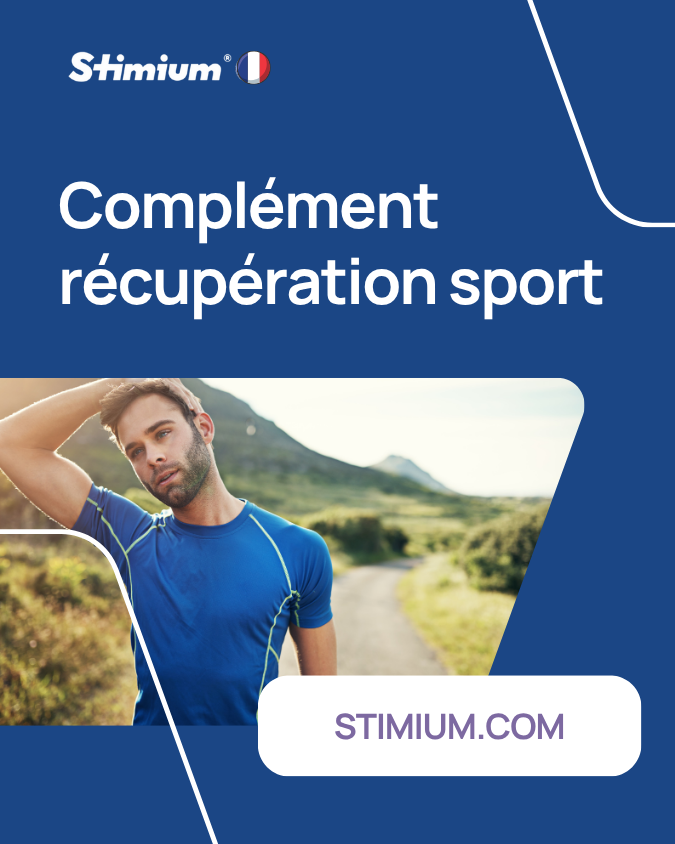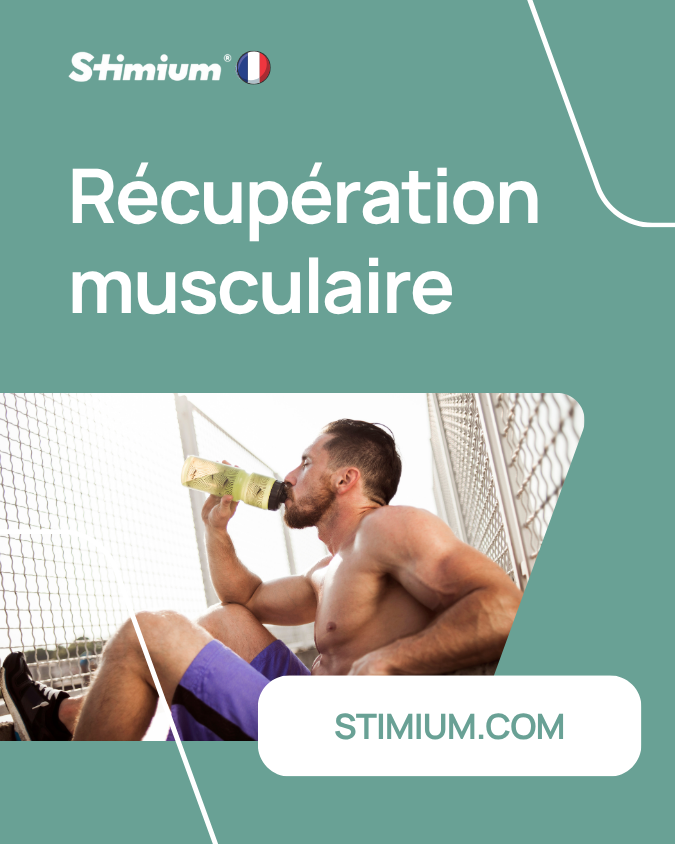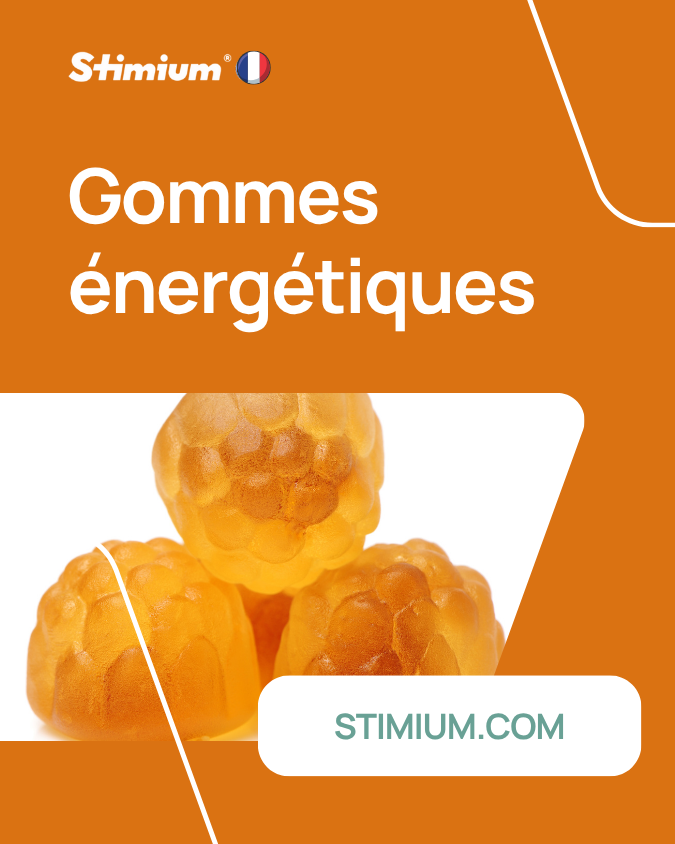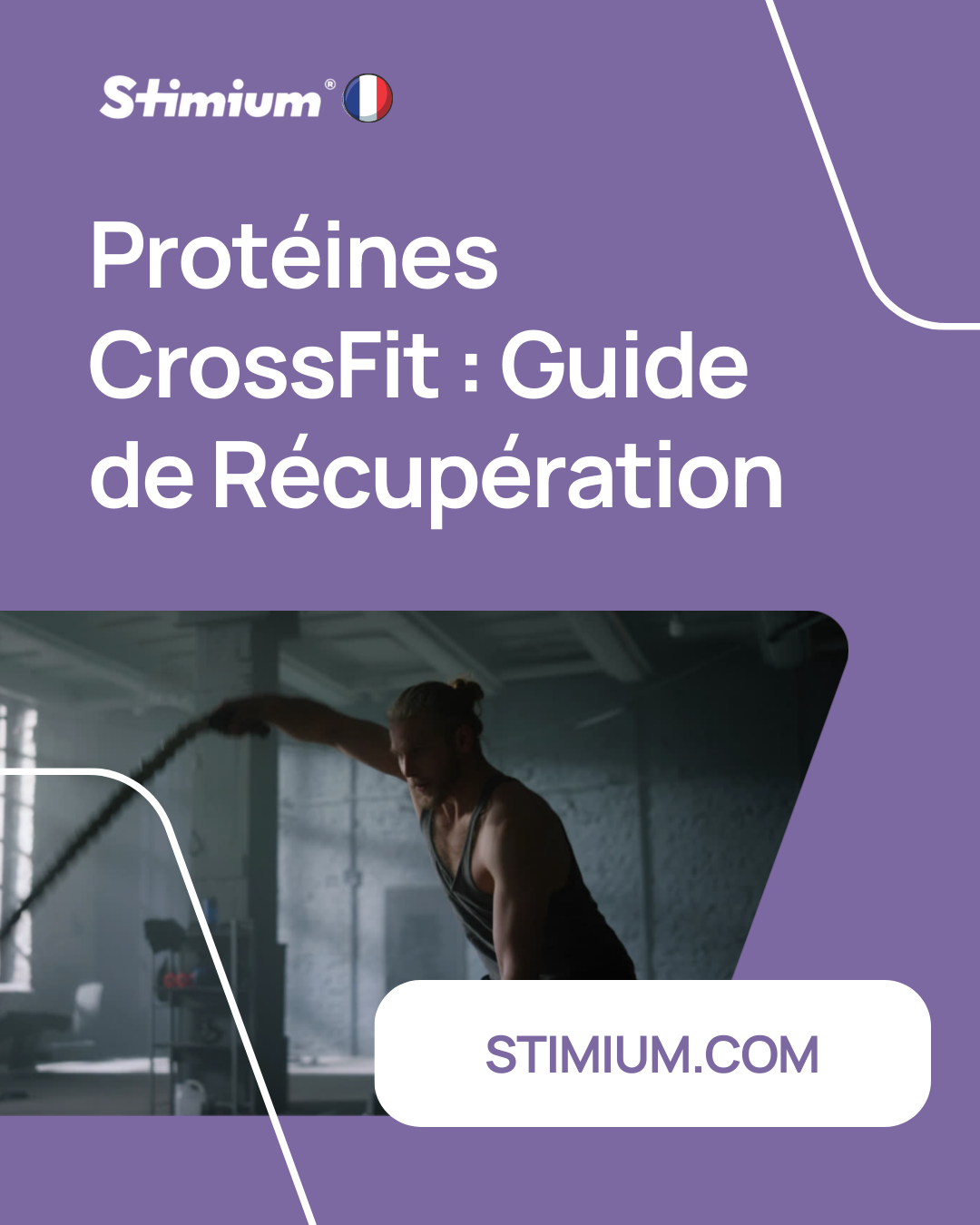Optimize Your Summer Training: Tips for Runners and Triathletes Before Back to School
Tips for Runners and Triathletes Before the Start of the School Year
To improve your performance in summer, choosing the right equipment is crucial. High temperatures make training difficult. It is therefore important to select the right shoes, clothing and accessories.
Suitable shoes
Summer running shoes should be comfortable and breathable.
A half size larger is recommended for descents. This prevents pain.
Lightweight and breathable clothing
Breathable sportswear is essential for runners in summer. It reduces friction and skin irritation. A super breathable t-shirt prevents chills.
Choosing a lightweight and comfortable short is important. It has a practical bib and pockets. Adjusting your underwear ensures your comfort.
Essential accessories
In summer, some accessories are essential. Sunglasses protect your eyes from UV rays. A cap or neck warmer helps manage sweat and protect you from the sun.
A hydration pack. It allows you to carry your drinks and snacks, keeping you hydrated.
Essential Warm-Ups to Prevent Injuries
Properly preparing our body before physical activity is essential to avoid injuries. This is even more important in summer. It is necessary to follow a warm-up routine that includes progressive and targeted exercises.
Start with dynamic stretches to warm up your muscles and improve flexibility. Knee raises, lunges, and leg swings are great. They prepare your muscles and joints for the effort ahead.
Warming up should also include exercises to prevent injuries. Start covered and gradually uncover. Incorporate muscle strengthening exercises for the pelvic girdle, abdominals and back.
A late-season break requires time off to get back to your previous level. It is crucial to maintain a warm-up routine in the summer. Include active recovery sessions such as a walk or slow run after an intense effort.
Vary your summer warm-up exercises, such as the belly plank and the wall chair. This strengthens key muscles for running. Listening to your body and adapting your warm-ups is crucial to improving performance and preventing injuries.
Adapt Your Training Program to the Heat
Summer heat requires you to modify your training to avoid overheating. Here are some tips to improve your sessions while still enjoying training in the heat.
Hydration and nutrition
Drinking frequently is crucial to staying hydrated, especially during intense exercise. In the summer, you can lose up to 1.5 liters of water per hour. It is good to drink 400 ml to 800 ml of water per hour, depending on how much you sweat. Add electrolytes to your water or take tablets to prevent hyponatremia.
After training, a meal rich in carbohydrates and proteins within 90 minutes helps recovery. Summer sports nutrition is essential to maintain your performance and health.
Training times
Choosing dawn or dusk hours can reduce the effects of heat. Reduce the duration of your runs during hot hours. Acclimatization for 8 to 14 days can help your body adapt.
Intensity and duration of sessions
Adjust the intensity and duration of your workouts to avoid overheating. In summer, opt for short, less intense sessions. This allows you to progress without overloading your body.
Running can be difficult in hot weather. Running at temperatures above 20°C becomes more difficult. At 37°C it is very challenging. Listen to your body and adjust your goals.
Cooling off with cold water can help control your body temperature. By following these tips, you can enjoy the summer while staying safe.
Planning a Balanced Training Plan
Planning a balanced training plan is essential to achieve your goals, especially in the summer. You need to prepare, recover and train for competitions. This helps improve everyone's performance.
It is important to distribute the efforts well. Top athletes do 80% moderate effort and 20% intense effort. This helps to keep their shape all summer. But, for amateurs, do not train too much to avoid harming their progress.
A good training cycle includes periods of rest. The intensity must be balanced to allow for adequate recovery. A three-day program, alternating effort and rest, is ideal.
At the beginning of the year, focus on basic endurance. Later, the sessions become harder, especially during competitions. Pros often have special training and medical staff, which changes their training.
Using products like Stimium RGN3 Clean-Up helps to recover and eliminate toxins. This improves performance throughout the preparation. A well-made training plan, with clear objectives, allows you to progress as best as possible.
The Benefits of Cross-Training for Runners and Triathletes
Cross training is great for runners and triathletes who want to vary their workouts. It helps improve fitness and prevent injuries. In the summer, adding this type of training to your routine is very useful.
Improving physical condition
Cross training works different muscles and energy systems. It improves fitness through activities such as swimming, cycling, and strength training. Athletes often train a lot, alternating endurance and high-intensity training.
Strength training exercises with heavy weights increase strength. Technical exercises and sprints improve power and agility.
Injury Prevention
Cross training also helps prevent injuries. By doing different types of exercises, you reduce the stress on your muscles and joints. This reduces the risk of overexertion and injuries.
After a three-week break, it is good to stay active to facilitate the recovery. Being progressive in the intensity and duration of training is essential to avoid injuries and improve performance.
Summer Training for Runners: Tips and Strategies
Summer training is perfect for varying and intensifying your workouts. With special strategies, you improve your performance and avoid injuries. Here are some tips to optimize your efforts.
High Altitude Training
High altitude training boosts your aerobic capacity. At high altitudes, the air has less oxygen, which forces your body to produce more red blood cells. This improves your endurance and can improve your performance on the plains. But, high altitude training requires gradual acclimatization to avoid headaches.
Using the ups and downs
Running uphill and downhill strengthens your muscles and endurance. Uphill works your leg muscles hard. Downhill improves coordination and stability. Add hill sessions to your routine to get the most out of them.
By adopting these summer training strategies, you diversify your workouts and benefit from many advantages. Whether it's through high altitude training or running up and down hills, these practices will enrich your summer experience.
Importance of Recovery and Rest
Summer recovery is essential for any training. The importance of rest is great, especially in summer. Our body needs to rest to avoid injuries and regenerate.
Top athletes often take long breaks. For example, Eliud Kipchoge, a top marathoner, doesn't run for three weeks to a month. Bernard Lagat, on the other hand, takes up to five weeks off. Mo Farah and Galen Rupp take two weeks off from racing.
David Rudisha, the 800m record holder, takes six to 12 weeks off each year. Usain Bolt adjusts his breaks from four to eight weeks, sometimes up to two months without major competition.
Athletes need 1.5 weeks to five weeks of rest after the season. This break helps to repair and prevent injuries. It is good to stay active but focus on endurance during this time.
Good rest also requires getting enough sleep, at least eight hours a night. Using massage rollers and massage guns helps relax muscles. Electronic devices for recovery are also helpful. Proper nutrition and hydration are crucial for summer recovery.
Specific Muscle Strengthening Exercises
To improve our performance, it is essential to add strength training exercises for runners to our routine. These exercises target key muscles such as the calves and core. They improve posture, power and prevent injuries.
Calf strengthening
Calf strengthening is vital for runners. Calves are essential for propulsion and stability. We recommend exercises like stair climbs and plantar flexions.
These exercises build endurance and prevent common pain and injuries.
- Stair climbing: This intensively works the calves and also strengthens proprioception.
- Plantar flexions: Series of flexions on a step, gradually increasing the weight, help develop calf power.
Core strengthening
Core strengthening is just as crucial. A strong core provides better stability and posture. Core exercises, such as the plank, are ideal for strengthening this area.
It is advisable to perform these exercises after a good warm-up to maximize their effectiveness.
- Plank: Performing the plank on an unstable surface like sand increases effectiveness.
- Lunges: Forward lunges with trunk rotation to stabilize the abdominal belt.
By adding these targeted exercises to our program, we are preparing for end-of-season competitions. Strength training should represent a quarter of our total training for optimal physical condition.
Get Ready for End of Season Competitions
The end of the summer season is approaching. It is essential to prepare with specific sessions to improve our performance. It is necessary to mix recovery sessions and intense training to reach the top.
Here are some key points for your training plan:
- Annual break: Middle distance runners must take a 4-5 week break, often in July or August.
- Gradual recovery: Start preparation in March to reach the peak in June. This involves several stages of development.
- Aerobic work maintenance: Keep VMA stable while working during intense periods.
- Annual planning: Have two major goals per year, spaced two months apart, and secondary competitions to assess your form.
- Recovery Phases: 4-week training cycles should include a week of rest to avoid injury and progress.
A well-structured training plan improves your end-of-season performance. Our Stimium Pack Marathon Plus offers tailored nutrients to excel.
Conclusion
In summary, we have seen how to succeed in your summer training. You have to choose the right equipment and adapt your program to the heat. A balanced plan is crucial to improve performance.
It is important to do warm-ups and plan cool-down sessions. This helps prevent injuries and makes the transition back to school easier.
Cross training is useful for varying workouts. It improves fitness and prevents injuries. Targeted muscle strengthening strengthens the muscles used and improves running.
Preparing well for end-of-season competitions allows you to take advantage of the summer's efforts. This helps to capitalize on the efforts made.
Our training should balance intensity and rest. We should work on different distances and adapt to personal needs. Data shows that strength training and high altitude training improve VO2max and performance.
By following these tips, you can stay in shape and continue to progress all year round.
FAQ
Why is it important to maintain a summer training program for runners and triathletes?
A summer training program helps keep you in shape. It prepares you for competitions and reduces injuries. It also maintains motivation and improves performance.
What types of shoes are recommended for summer running?
For summer running, it is recommended to choose shoes that offer good grip, optimal breathability, and good cushioning to handle varied surfaces and high temperatures. Models designed for mixed terrain or trails, with good ventilation, are particularly suitable. For example, lightweight and well-ventilated trail shoes are ideal for summer, as they keep your feet cool while ensuring good traction on varied terrain.
What clothes and accessories are essential for summer training?
Light clothing is required to stay cool. Sunglasses and caps protect against the sun and ensure optimal performance.
How to avoid injuries during summer training?
A long and gradual warm-up prepares the muscles. This reduces the risk of injuries. Targeted exercises strengthen the muscles and prevent injuries.
How do I adapt my training program to the summer heat?
Hydrate well and adjust your diet for more energy. Train early in the morning or late in the evening. Adjust the intensity and duration to avoid overheating.
What are the benefits of cross training for runners and triathletes during the summer?
Cross-training improves fitness and prevents injuries. It diversifies activities, which maintains motivation and strengthens the body.
What are the benefits of high altitude training for summer runners?
High altitude training improves cardiorespiratory fitness. This increases oxygen efficiency and improves endurance for future competitions.
Why are recovery and rest crucial during summer training?
Recovery regenerates muscles and prevents injuries. Active rest, relaxation and good sleep are key to effective training.
What muscle strengthening exercises are recommended for summer runners?
Calf and core exercises are very helpful. They improve posture, power and prevent injuries.
How can I prepare effectively for end-of-season competitions?
Mix recovery and intense training to reach your optimal shape. The Stimium Pack Marathon Plus can help you excel in your competitions.







